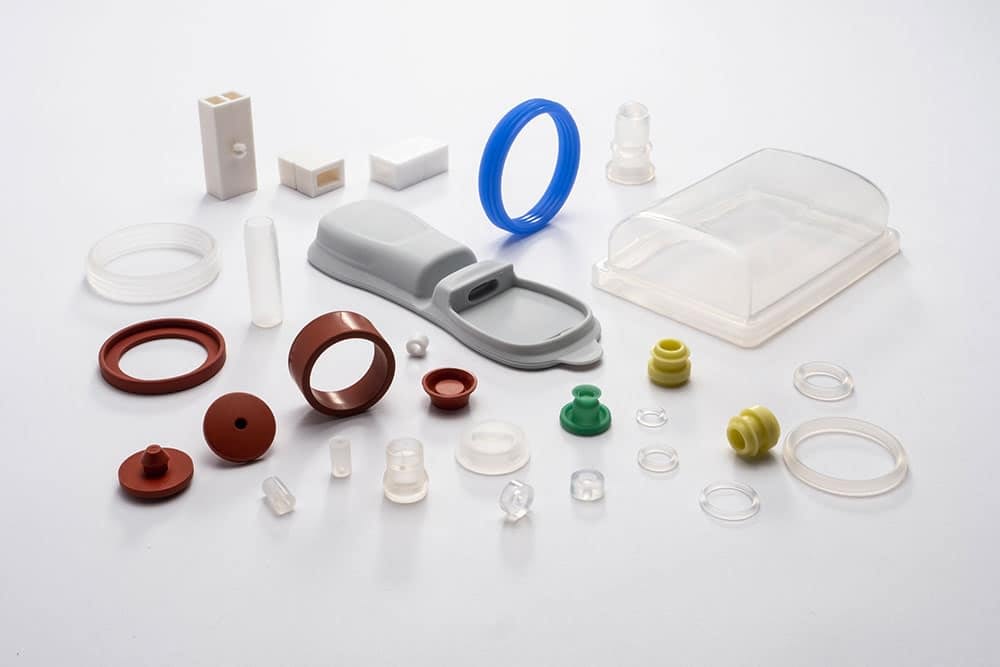Compression moulding is a process that involves pressing the materials. Use the method in producing ceramics as well as in-mold thermoset plastics and fiber-based plastic composites. The basic principles involved in this process is similar to what the children do when they place their entire fists into the dough to produce imprints.
This process uses granules instead of solid material and is subjected to heated molds. You can use this method to produce thick, thin-walled, or solid shape containers.
The positives of using compression moulding:
*Best for forming thermoset plastics
*Ideal for generating parts with thick-walled, solid, and large sections
*Recommended for variable parts and wall thicknesses
However, the process is limited when it comes to the complexity of shapes, but it is best for creating flat shapes like dinner plates.

The Process
Compression moulding is recommended for batch or high-volume production. As compared to other plastic-molding processes, the tooling costs are average as it maintains a minimum unit price.
How long the mold remains closed can affect the speed of the production, and you will know this based on the materials used and the part size. The prototype produced utilizing this process creates good surface quality. It also has impressive surface quality.
Use compression moulding for large plastic parts with thick walls if you want to save on the production process. The nature of shaping objects makes the process perfect for the simple forms without undercuts, but it likewise means that parts have different wall thicknesses.
You can use this process in producing small parts of around 12 inches in a different direction. The materials used are thermoset plastics and ceramics like phenolics and melamine, as well as fiber composites and cork. With melamine, you can produce products like cups, bowls, and similar items.
Similar methods like transfer molding and hand and spray lay-up molding can be used, but it is more expensive. You can also consider injection molding to produce the same products using the same material.
When it comes to sustainability, it depends on the kind of material utilized. Most of the time, the process can utilize thermoset plastics for reprocessing parts made with plastic this is not an option. The possibility of wastage is high because of the excess material needed to form the material in the mold.
The Advantages of Compression Moulding
[1]Low-Cost Tooling
Since the process does not involve a transfer or injection process, the tooling has minimal infrastructure requirements that tools designed for other molding processes. It requires fewer tools aside from the features already there to produce the molded parts, which needs to duplicate the product needed. The materials used can be a low grade of steel or aluminum, which is less costly.
[2]Best for Small Production
It is the most cost-effective process of creating a prototype for small production. There is a breakeven point where the higher capital cost of an injection mold tool is viable because of the lower price of the parts it produces.
Overall, the compression moulding process is best if used correctly and help to keep every project costs to a minimum. Although part costs can be quite higher if compared to other methods. You must consider all the needed aspects of a product, its life cycle, and performance when designing the product.
The original article is from: https://www.nicerapid.com/the-go-to-guide-to-everything-you-need-to-know-about-compression-molding-a-383.html
Feel free to contact us via enquiry@nice-rapidtooling.com to get free quote!







